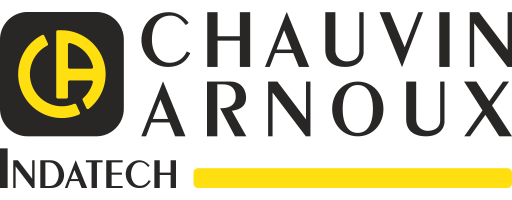Summary of the webinar
In-line Raman spectroscopy, coupled with machine learning tools, enables non-destructive analysis of bioprocesses, such as the production of monoclonal antibodies (mAbs) in cell cultures. Through real-time monitoring of critical process parameters (CPPs) and critical quality attributes (CQAs), such as nutrient and metabolite concentration, viable cell density and mAb concentration, batch reproducibility and yield may be significantly improved.
The developments and results presented in this webinar were carried out in the context of CLIMBIN. CLIMBIN is a collaborative project that aims to provide the bioproduction sector with an innovative solution in process analytical technology (PAT) by molecular optical spectrometry, ready to use and adapted to CHO-type suspension cultures in various types of bioreactors. This real-time monitoring of critical process and quality parameters offers disruptive advantages in terms of control, industrial performance and CSR.
We will present key hardware developments, including innovative probe tips for increased Raman sensitivity, as well as reduced interference from ambient light and media turbidity. An industrial case study on fed batch cell cultures in 10-liter bioreactors will be presented, demonstrating the machine learning model development approach on the path to fully automated process control.
Presented products Indatech
- Viserion Raman spectrometer
- VSP-IM Raman immersion probes
